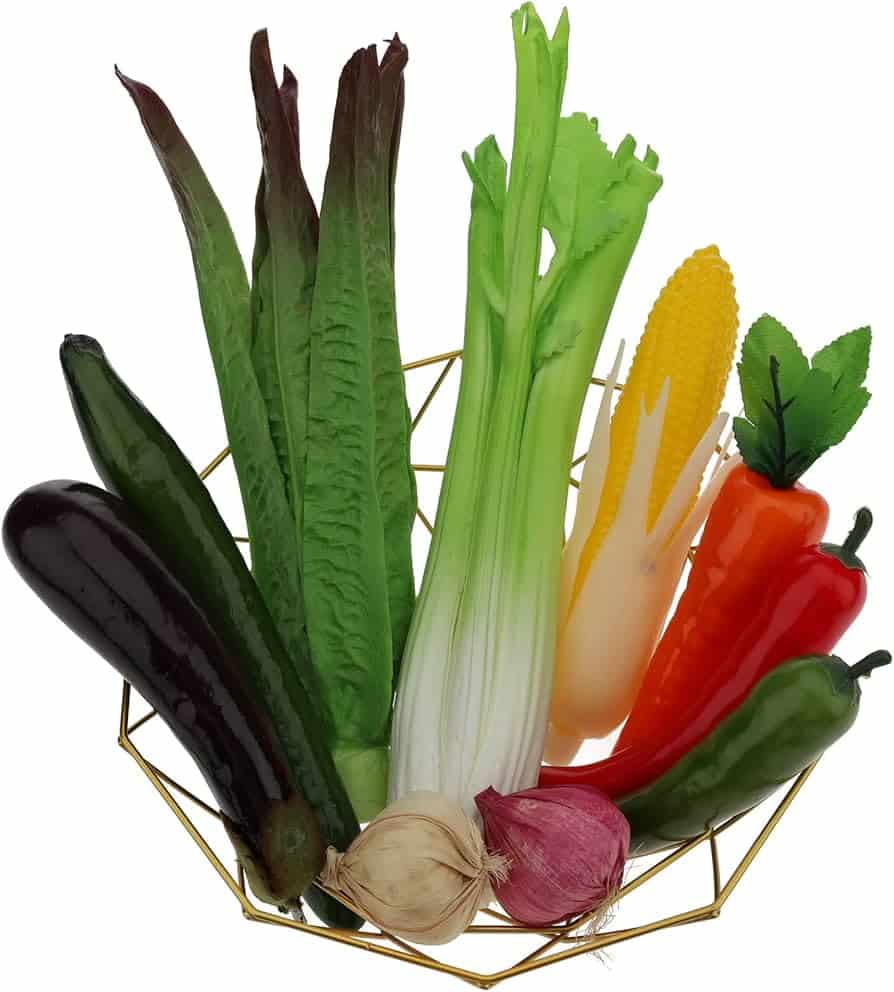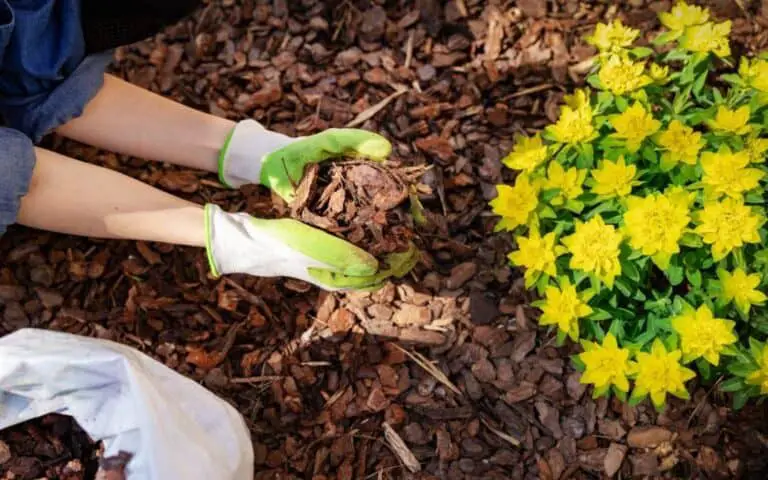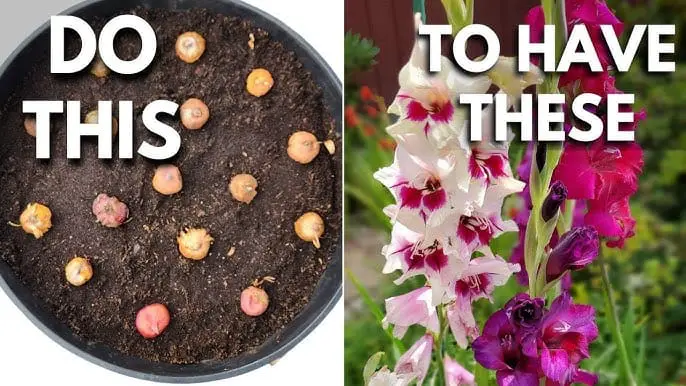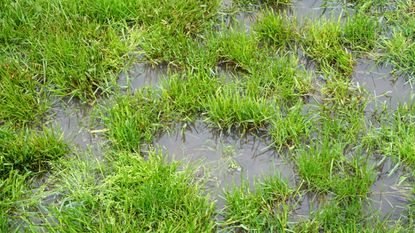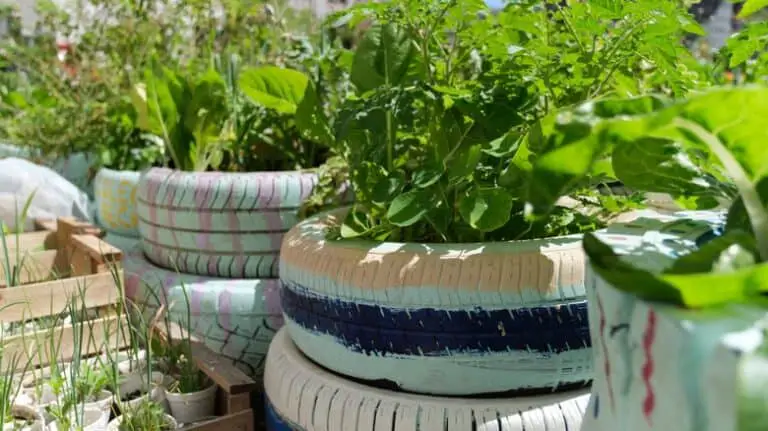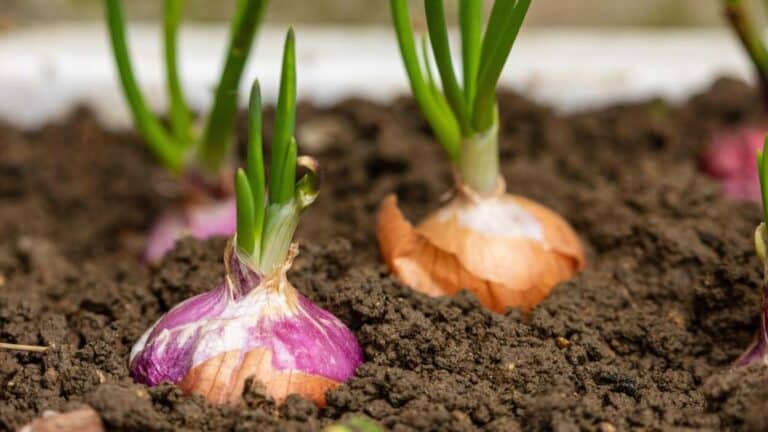Which Root Veg Can I Harvest Now For Christmas: Fresh Picks
Carrots, parsnips, and turnips can be harvested now for Christmas. These root vegetables thrive in cool weather.
Root vegetables are a staple in many holiday meals. Carrots, parsnips, and turnips, in particular, are excellent choices for Christmas. They are hardy and can withstand cooler temperatures, making them perfect for late-season harvesting. These vegetables offer a rich, earthy flavor that complements a variety of festive dishes.
They are versatile and can be roasted, mashed, or added to soups and stews. Harvesting them now ensures they are fresh and packed with nutrients. Including these root vegetables in your Christmas menu will add both flavor and nutrition to your holiday feast. Enjoy the seasonal bounty!

Credit: awaytogarden.com
Carrots
Carrots are a versatile and nutritious addition to any Christmas feast. Their sweet, earthy flavor complements many holiday dishes. Harvesting carrots in time for Christmas ensures you have fresh and tasty veggies for your family dinner.
Early Varieties
For a Christmas harvest, choose early carrot varieties. These mature quickly and are ready in 60-70 days. Some popular early varieties include:
- Nantes
- Chantenay
- Amsterdam Forcing
These varieties produce tender, sweet carrots that are perfect for roasting or adding to stews. Planting them in late summer or early fall ensures they are ready by December.
Storage Tips
To keep your carrots fresh for Christmas, follow these storage tips:
- Remove the green tops to prevent moisture loss.
- Store in a cool, dark place like a root cellar.
- Place in a container with sand to keep them moist.
- Refrigerate in a perforated plastic bag for short-term storage.
For long-term storage, freezing is an excellent option. Blanch the carrots first, then freeze them in airtight containers. This method retains their flavor and nutrients for months.
Here is a quick reference table for storage methods:
| Storage Method | Duration | Details |
|---|---|---|
| Root Cellar | 4-6 months | Store in sand or sawdust |
| Refrigerator | 2-3 weeks | Use perforated plastic bags |
| Freezing | Up to 1 year | Blanch before freezing |
By following these tips, your carrots will stay fresh and delicious throughout the holiday season.

Credit: www.ireland-live.ie
Parsnips
Parsnips are a delightful root vegetable to harvest for Christmas. They bring a sweet, nutty flavor to festive dishes. Their creamy texture makes them a perfect addition to your holiday menu.
Flavor Profile
Parsnips offer a sweet and earthy flavor. They taste similar to carrots but with a nuttier undertone. When cooked, they become tender and creamy. Their natural sugars caramelize beautifully when roasted. This gives them a rich, deep flavor.
Harvesting Tips
- Parsnips are best harvested after the first frost.
- Frost enhances their sweetness.
- Use a garden fork to lift them gently.
- Brush off excess soil but don’t wash them until ready to use.
- Store in a cool, dark place to keep them fresh.
Harvesting parsnips at the right time ensures the best flavor for your Christmas meal. Enjoy their natural sweetness and make your holiday dishes special!
Beets
Beets are a fantastic root vegetable to harvest for Christmas. They’re vibrant, nutritious, and versatile. Whether roasted, pickled, or added to salads, beets can elevate your holiday meals.
Best Varieties
Choosing the right variety of beets can make a difference. Here are some of the best:
- Detroit Dark Red: This variety is known for its deep red color and sweet flavor.
- Golden Beets: These beets are bright yellow and have a milder taste.
- Chioggia: Also known as Candy Stripe, these have beautiful pink and white rings inside.
Preservation Methods
Preserving beets can help you enjoy them throughout the holiday season. Here are some methods:
- Freezing: Blanch the beets, then freeze them in airtight bags.
- Pickling: Slice or cube the beets and place them in a vinegar brine.
- Cellar Storage: Store beets in a cool, dark place with high humidity.
Here’s a quick table summarizing preservation methods:
| Method | Steps |
|---|---|
| Freezing | Blanch, cool, pack in bags, and freeze. |
| Pickling | Slice, prepare brine, and store in jars. |
| Cellar Storage | Clean, pack in sand, and store in a cool place. |
Enjoy your beets this Christmas. They are nutritious and delicious!
Turnips
Turnips are a fantastic root vegetable to harvest for Christmas. They are versatile, easy to grow, and packed with nutrients. Turnips can be roasted, mashed, or added to stews. Their slightly sweet and peppery taste makes them a festive favorite.
Growing Conditions
Turnips thrive in cool weather. They grow best in temperatures between 50°F and 70°F. Plant them in well-drained soil that is rich in organic matter. Turnips need full sun but can tolerate partial shade.
Water turnips regularly to keep the soil moist. Avoid waterlogging, which can cause the roots to rot. Thin seedlings to 4 inches apart to allow room for growth. Mulch around the plants to retain moisture and suppress weeds.
Optimal Harvest Time
Harvest turnips when they are about 2 to 3 inches in diameter. Smaller turnips are tender and sweet. Larger turnips can become woody and bitter. The best time to harvest turnips is after a light frost. Frost enhances their sweetness.
Use a garden fork to gently lift turnips from the soil. Be careful not to damage the roots. Store harvested turnips in a cool, dark place. They can last for several months if stored properly.
For a festive touch, consider planting turnip varieties with colorful skins. Purple-top and golden turnips add a splash of color to your Christmas table.
| Factor | Details |
|---|---|
| Temperature | 50°F – 70°F |
| Soil | Well-drained, rich in organic matter |
| Sunlight | Full sun to partial shade |
| Watering | Regular, avoid waterlogging |
| Spacing | 4 inches apart |
- Plant turnips in cool weather.
- Ensure soil is well-drained and rich in organic matter.
- Keep the soil moist but not waterlogged.
- Thin seedlings to 4 inches apart.
- Mulch to retain moisture and suppress weeds.
- Harvest turnips at 2 to 3 inches in diameter.
- Harvest after a light frost for sweeter turnips.
- Use a garden fork to lift turnips gently.
- Store in a cool, dark place.
- Consider colorful varieties for a festive touch.
Turnips are a delightful addition to your Christmas feast. Their ease of growth and versatile use make them a gardener’s favorite.
Radishes
Radishes are a fantastic root vegetable to harvest for Christmas. They grow fast and add a spicy kick to your dishes. Their bright colors also make your plate look festive. Radishes thrive in cool weather, making them perfect for a winter harvest.
Quick Growing Types
Some radish varieties grow very quickly. Here are a few types:
- Cherry Belle: Ready in 22 days.
- French Breakfast: Harvest in 25 days.
- White Icicle: Matures in 27 days.
These types are perfect if you want a quick harvest. Plant them in early December for a Christmas treat.
Flavor Enhancements
Radishes can be more than just a spicy addition. Here are ways to enhance their flavor:
- Roasting: Brings out a sweet, caramelized taste.
- Pickling: Adds a tangy flavor and extends shelf life.
- Adding to Salads: Gives a crunchy texture and spicy kick.
Try these methods to enjoy radishes in new ways this Christmas. Your family will love the variety of flavors.
| Radish Type | Days to Harvest | Best Use |
|---|---|---|
| Cherry Belle | 22 | Salads |
| French Breakfast | 25 | Pickling |
| White Icicle | 27 | Roasting |
Rutabagas
Rutabagas, also known as swedes, are a fantastic root vegetable to harvest for Christmas. These hardy root vegetables are perfect for winter meals. Rutabagas are rich in vitamins and have a sweet, earthy flavor.
Soil Requirements
Rutabagas thrive in well-drained, loamy soil. The soil should be rich in organic matter. Ensure the pH level is between 6.0 and 7.5.
Before planting, add compost to the soil. This will improve soil structure and provide nutrients. Rutabagas grow best in cooler temperatures. Plant them in late summer for a winter harvest.
Keep the soil moist but not waterlogged. Consistent moisture helps the roots develop well. Mulch can help retain moisture and control weeds.
Storing For Winter
After harvesting, clean the rutabagas gently. Remove any dirt but avoid washing them. Cut off the tops, leaving about an inch of stem.
Store rutabagas in a cool, dark place. An ideal storage temperature is around 32°F to 40°F. They can be stored in a root cellar or a refrigerator crisper drawer.
Place the rutabagas in a plastic bag or container. This helps maintain humidity levels. Properly stored rutabagas can last for several months.
If you need to store them for longer, consider freezing. Peel and cut the rutabagas into chunks. Blanch them in boiling water for two minutes. Then, cool them quickly in ice water. Drain and pack them in airtight containers or freezer bags.
| Steps | Action |
|---|---|
| 1 | Clean the rutabagas gently |
| 2 | Remove tops, leaving an inch of stem |
| 3 | Store in a cool, dark place |
| 4 | Use a plastic bag or container |
| 5 | Consider freezing for long-term storage |
Rutabagas are a versatile and nutritious addition to your winter meals. Enjoy their sweet flavor in soups, stews, and roasts.
Sweet Potatoes
Sweet potatoes are a popular root vegetable during the holiday season. Their sweet, rich flavor makes them a holiday favorite. You can harvest them in time for Christmas.
Harvest Techniques
Sweet potatoes need careful handling during harvest. Use a garden fork to lift them gently.
- Insert the fork 12 inches away from the plant.
- Lift the soil carefully to avoid damaging the tubers.
- Brush off excess dirt but do not wash them yet.
Curing Process
The curing process is essential for sweet potatoes. It enhances their sweetness and shelf life.
- Place the harvested sweet potatoes in a warm, humid area.
- Maintain the temperature at 85°F with 90% humidity.
- Cure them for 5 to 7 days.
After curing, store them in a cool, dark place. This method helps preserve their quality for Christmas.
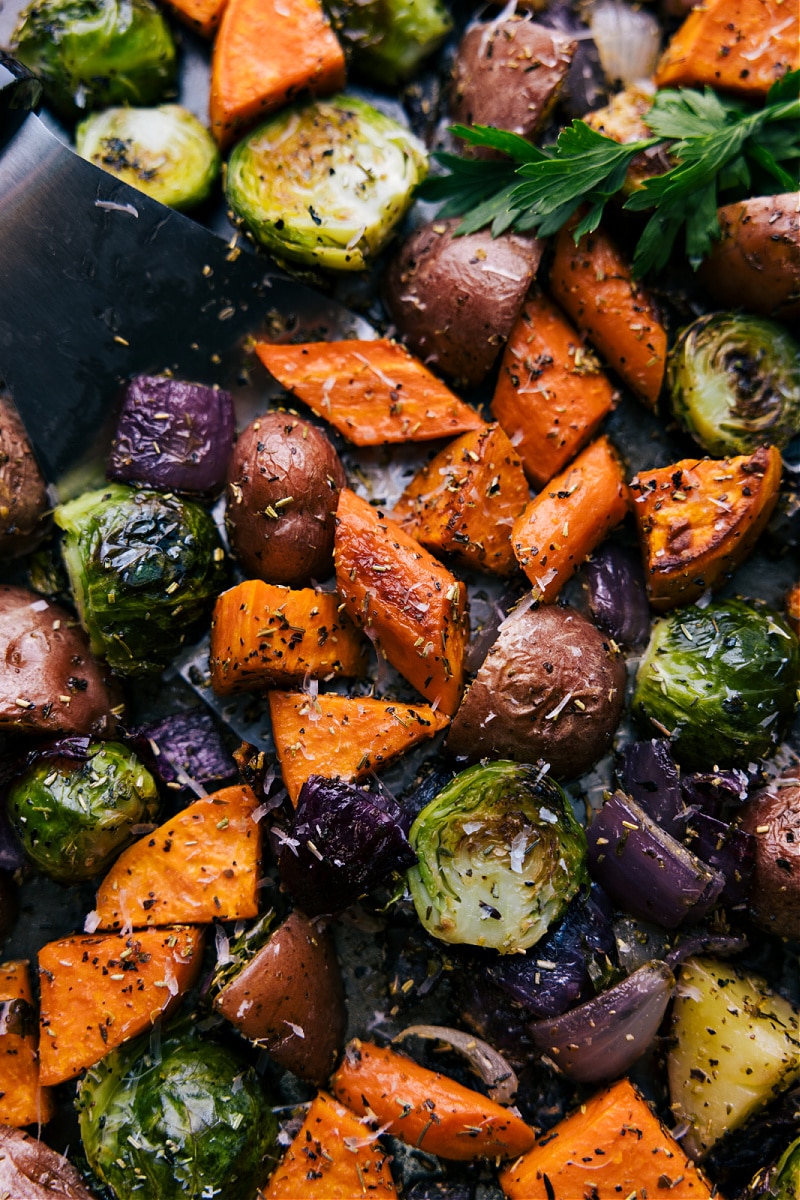
Credit: www.chelseasmessyapron.com
Jerusalem Artichokes
Jerusalem Artichokes, often known as sunchokes, are nutritious and versatile root vegetables. They have a nutty, sweet flavor and a crunchy texture. Perfect for your Christmas harvest, they add a unique twist to holiday meals.
Planting Guides
Plant Jerusalem Artichokes in early spring. They thrive in well-drained soil. Make sure to plant the tubers about 4-6 inches deep. Space each tuber about 12-18 inches apart.
Water the plants regularly, especially during dry periods. Use mulch to retain moisture and suppress weeds. Jerusalem Artichokes grow tall, so staking them can help support their height.
Harvesting usually begins 120-150 days after planting. Dig them up carefully to avoid damaging the tubers. You can leave some in the ground to harvest later in winter.
Culinary Uses
Jerusalem Artichokes can be used in a variety of dishes. Their nutty flavor pairs well with many ingredients.
Here are some popular ways to use them:
- Roasted: Toss with olive oil and herbs, then roast until crispy.
- Mashed: Boil and mash like potatoes for a creamy side dish.
- Salads: Slice thinly and add to salads for extra crunch.
- Soups: Puree into soups for a smooth, rich texture.
Store Jerusalem Artichokes in a cool, dark place. They keep well for several weeks, making them an excellent choice for holiday meals.
| Method | Preparation |
|---|---|
| Roasted | Toss with oil, roast at 400°F for 30 mins |
| Mashed | Boil 20 mins, mash with butter and cream |
| Salads | Slice thin, mix with greens and dressing |
| Soups | Simmer, blend, and season to taste |
Celeriac
Celeriac, also known as celery root, is a versatile winter vegetable. Its nutty flavor and creamy texture make it perfect for festive dishes. This root vegetable can be roasted, mashed, or used in soups. Let’s dive into how to grow and harvest celeriac in time for Christmas.
Ideal Conditions
Celeriac thrives in cool, moist climates. Plant it in early spring for a Christmas harvest. It needs rich, well-drained soil. Ensure the soil is fertile and has good organic matter.
Here are the ideal conditions:
| Condition | Details |
|---|---|
| Soil Type | Rich and well-drained |
| pH Level | 6.0 to 7.0 |
| Sunlight | Full sun to partial shade |
| Watering | Consistent moisture |
Harvest Methods
Harvest celeriac when the bulb is 3-4 inches in diameter. Use a garden fork to loosen the soil around the plant. Carefully lift the root out of the ground.
Follow these steps:
- Loosen soil with a garden fork.
- Lift the root gently.
- Remove soil from the root.
- Trim off the leaves and small roots.
Store celeriac in a cool, dark place. It can last for several weeks if stored properly.
Frequently Asked Questions
What Root Vegetables Can I Harvest For Christmas?
Carrots, parsnips, and beets are ready for Christmas harvest. These root vegetables thrive in cooler temperatures.
How Do I Store Harvested Root Vegetables?
Store root vegetables in a cool, dark place. Use a cellar or a refrigerator to keep them fresh longer.
Can I Grow Root Vegetables In Winter?
Yes, you can grow root vegetables in winter. Use cloches or cold frames to protect them from frost.
Conclusion
Harvesting root vegetables for Christmas is both rewarding and practical. Carrots, parsnips, and beets are perfect choices. Fresh, homegrown produce adds a special touch to holiday meals. Plan your garden wisely for a bountiful harvest. Enjoy the flavors of the season with your own handpicked root veggies.
Happy gardening!

